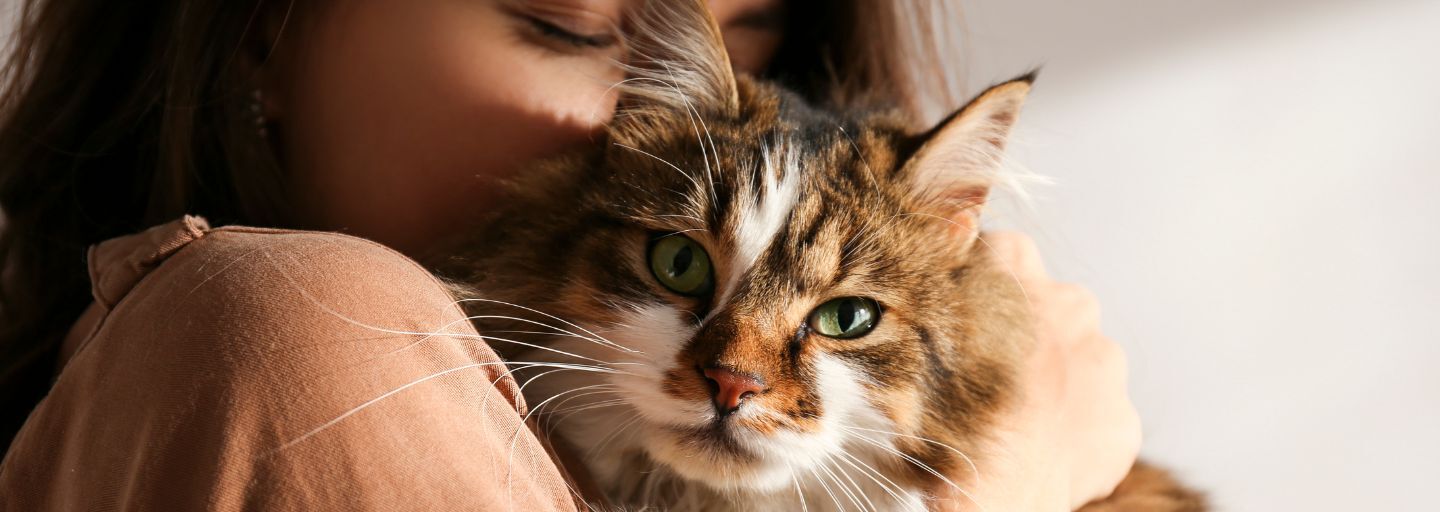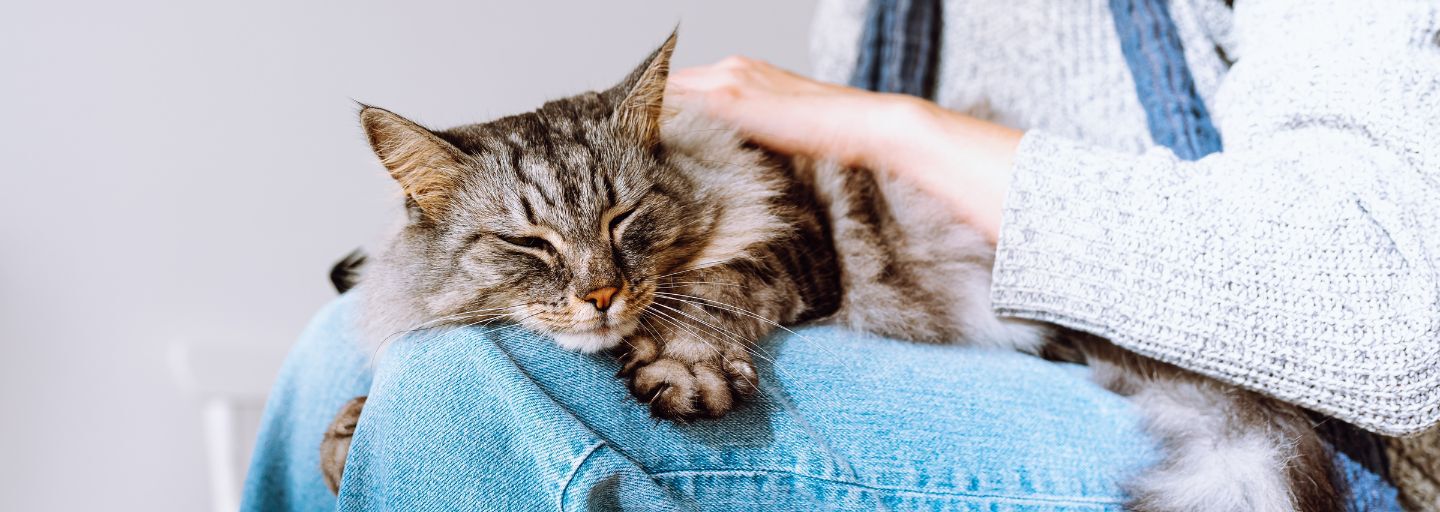Scientists have recently agreed that identifying the emotions of an animal can help to understand their behavior.
Understanding the Emotions of Your Cat
As a cat owner, you will have come to recognize your companion’s various moods from her body language, facial expressions, noises, and the way she moves. We instinctively know whether our cats are excited, happy, sad, frustrated, or anxious.
However, emotions have been a topic of hot debate among behavioral experts because it’s very hard to quantify or measure emotions.
What Are Emotions?
Emotions give cats the impulse to act in response to an event or situation. For example, the negative emotion of fear may cause cats to run and hide, or the positive emotion of happiness may cause cats to jump up on your lap for an affectionate cuddle.
Emotions are divided into positive or negative feelings, and these have rising or decreasing scales. For example, pleasure can increase to feelings of elation and ecstasy, while frustration can increase to anger and rage.
Cats with behavior problems usually demonstrate the extremes of an emotional scale when they exhibit their problem behavior.
Recent research has demonstrated that all mammals, including cats, have seven fundamental basic emotional systems that provide the ability to react to information about what enters the brain via the senses.
These seven include a seeking system to look for food, a fear system to respond to unfamiliar events that may be dangerous, a play system, and a care system to raise offspring and form vital social attachments.
More recently evolved areas of the advanced human brain can process this emotional capability into the more elaborate emotions of love, shame, contempt, worry, and so on. While we don’t associate such ‘higher feelings’ with cats, this does not in any way detract from the fact they feel more basic emotions like happiness, sadness, anger, and fear in the same way that we do.
Modern pet behaviorists realize that emotions are, in fact, essential to how animals learn anything at all, even if precise measurement of these feelings remains elusive. They use emotional assessment as the basis for treating pet behavior problems.
Emotional Problems
Recognizing that cats have emotions has allowed animal behaviorists to better understand behavioral problems such as aggression, excessive grooming, and nervousness.
It is important that you also consider your emotional responses towards your cat too. Owners can feel love, happiness, and at times even frustration towards their pets. It is important to seek help from an animal behaviorist if your pet’s negative emotions outweigh the positives.
Animal behaviorist Dr. Jo Righetti says, “Owners often tell me that it is easy to see when their cat is angry, but they are unsure if they are happy and wonder how they can make them feel happier."
"I tell them that the way to elicit a happy feline emotive state is firstly to address basic feline needs of food, comfort, hunting (through play), and companionship. Secondly, they need to work out what motivates their particular cat."
"If their feline friend loves food, try encouraging them to work for food, for example, by training them to come when called. If their cat loves to play, reward them with regular play sessions. If they love a cuddle, provide plenty of lap time."
Rewarding a behavior will reinforce it and also the feelings that go with it. Giving your cat more of what she enjoys will ensure you have a stress-free cat.







